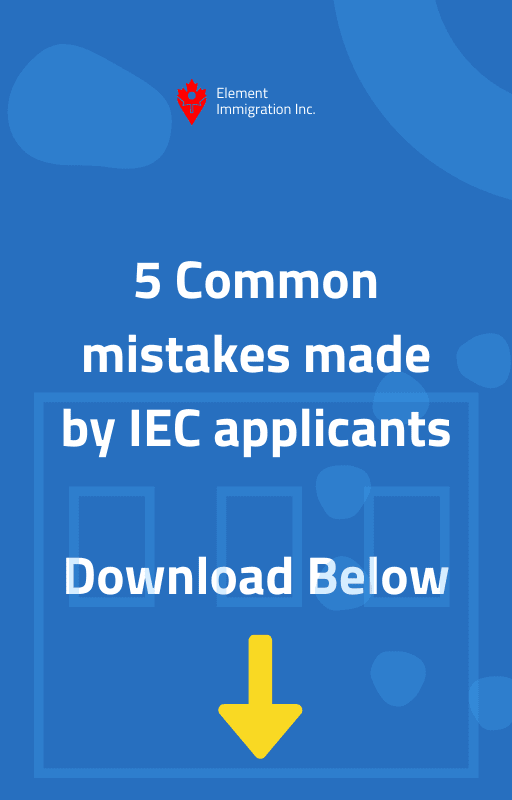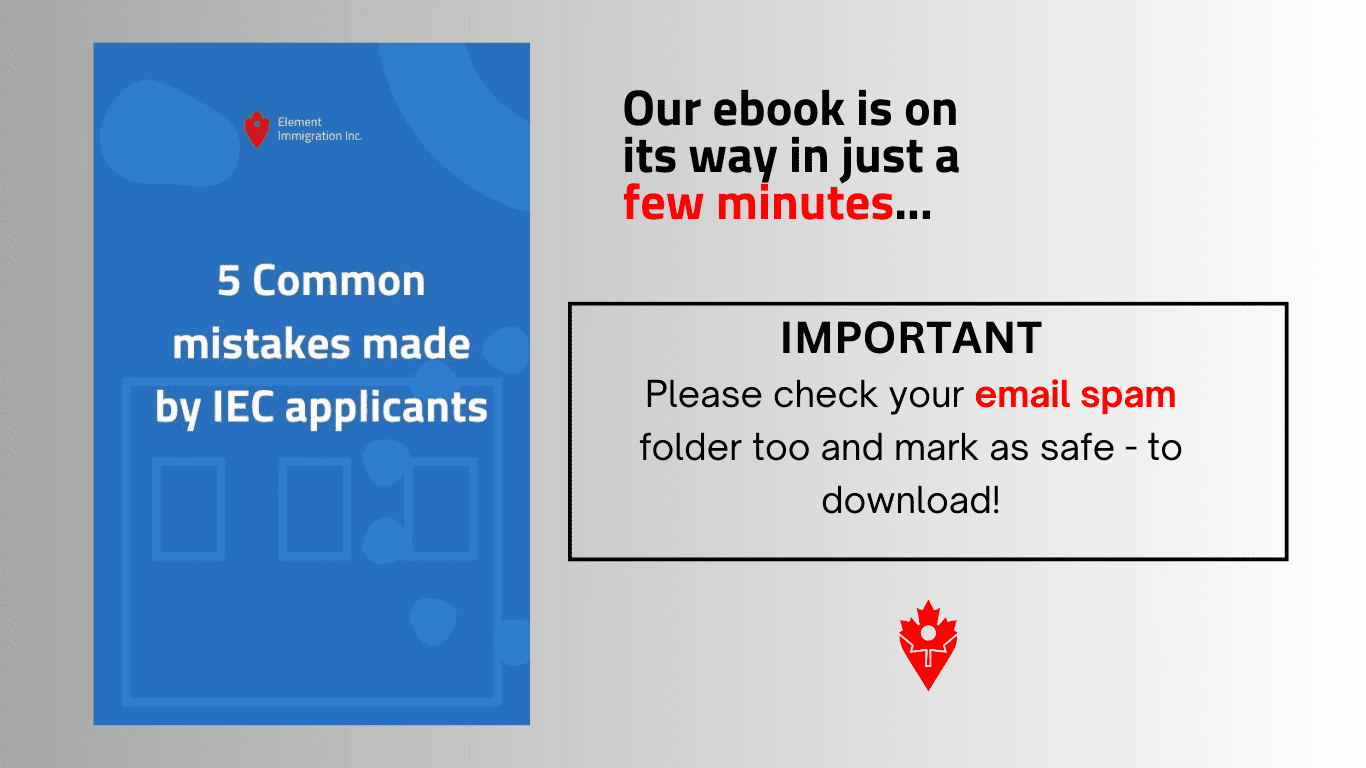The IEC Working Holiday Visa in Canada

Are you a young person looking for an opportunity to work and travel abroad? The International Experience Canada (IEC) program may be just what you’re looking for. Canada’s working holiday visa program allows young people from partner countries to work and travel in Canada for up to two years, gaining valuable experience while exploring a new country. In this blog post, we will provide a comprehensive guide to the IEC working holiday visa in Canada, including eligibility criteria, application process, rules, and options for permanent residency. And as a bonus, we have a free eBook with the 5 most common mistakes on the IEC program. Keep reading to find out more!
What is IEC Working Holiday Visa?
The IEC working holiday visa is a type of work permit that allows young people from partner countries, such as the UK, to work and travel in Canada for up to two years. The eligibility criteria for the IEC program vary depending on the applicant’s country of origin and the category of visa they are applying for. There are three categories of IEC visas:
- Working Holiday: This category is for young people who want to travel and work in Canada for up to two years. Applicants must be between the ages of 18 and 35 (or 30 for some countries) and have a valid passport from a partner country.
- Young Professionals: This category is for young professionals who want to gain work experience in Canada in their field of expertise. Applicants must have a job offer from a Canadian employer and meet the eligibility criteria for their profession.
- International Co-op: This category is for students who want to complete a work placement or internship in Canada as part of their studies. Applicants must be registered as a full-time student in a post-secondary institution in their home country and have a job offer from a Canadian employer.
Bear in mind not all countries have access to all 3 of the categories above, for instance the UK currently only has the Working Holiday category available.
How long does it take to get IEC Working Holiday Visa?
The application process for the IEC working holiday visa involves several steps, including creating an online profile, submitting an application, and providing supporting documents. The processing time for IEC visas varies depending on the applicant’s country of origin and the category of visa they are applying for. In general, the processing time can take anywhere from a few weeks to several months.
To apply for an IEC working holiday visa, applicants must first create an online profile on the Government of Canada’s website. This profile will be used to determine the applicant’s eligibility for the program. Once the profile is created, applicants can submit an application for their chosen category of visa and pay the application fee.
Supporting documents that may be required for the application include a police certificate, medical exam results, and proof of financial support. Applicants should check the specific requirements for their country and category of visa on the Government of Canada’s website.
Factors that may affect the processing time for IEC visas include the volume of applications received, the accuracy and completeness of the application, and the time it takes to obtain supporting documents.
What are the rules for working holiday visa in Canada?
The IEC working holiday visa comes with several conditions and restrictions that visa holders must comply with. These include:
- Age limit: Applicants must be between the ages of 18 and 35 (or 30 for some countries) at the time of application.
- Work permit duration: Visa holders can work in Canada for up to two years, depending on their category of visa.
- Medical requirements: Applicants may be required to undergo a medical exam to ensure they are in good health and do not pose a public health risk.
- Health insurance: Visa holders must have valid health insurance for the duration of their stay in Canada.
- Compliance with Canadian laws: Visa holders must obey Canadian laws and regulations and may be subject to removal from Canada if they violate these rules.
Can I apply for PR after IEC Canada?
One of the benefits of the IEC program is that it can be a pathway to permanent residency in Canada. There are several options for permanent residency after completing the IEC program, including:
- Express Entry: This program allows skilled workers to apply for permanent residency based on factors such as their age, education, work experience, and language proficiency.
- Provincial Nominee Programs (PNPs): PNPs are programs offered by individual provinces and territories that allow them to nominate candidates for permanent residency based on their specific labour market needs.
- Canadian Experience Class (CEC): This program is designed for individuals who have gained skilled work experience in Canada and want to apply for permanent residency.
To be eligible for these programs, applicants must meet certain criteria, such as language proficiency, education, and work experience. Applicants should consult the Government of Canada’s website for more information on the specific requirements for each program.
Conclusion
The IEC working holiday visa is a great opportunity for young people to work and travel in Canada, gaining valuable experience and exploring a new country. By following the eligibility criteria, application process, and rules of the program, applicants can increase their chances of success. And with options for permanent residency after completing the program, the IEC program can be a viable pathway to a new life in Canada. Don’t forget to sign up for our free eBook for even more information on the IEC working holiday visa in Canada.
Are you interested in learning more about the IEC working holiday visa in Canada? Want to know what we see as the 5 most common mistakes people make when applying for this program? Download are free ebook below and avoid getting caught out by common pitfalls.


Recent Comments